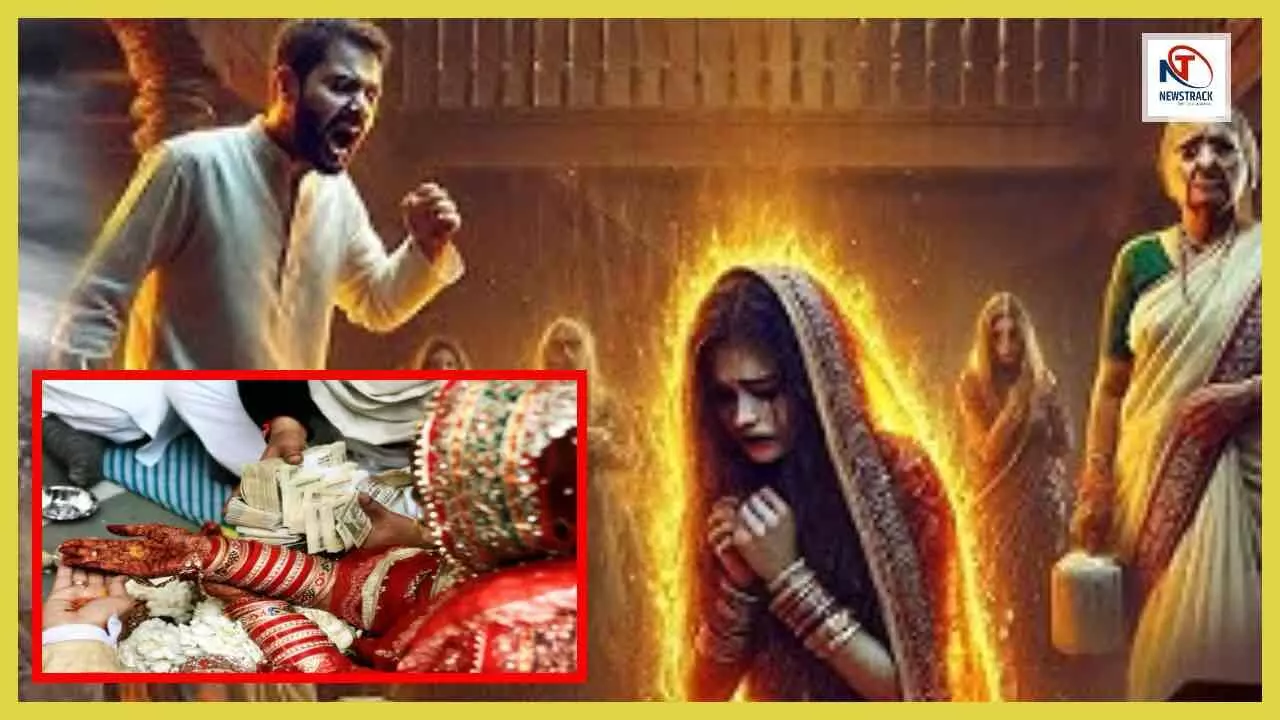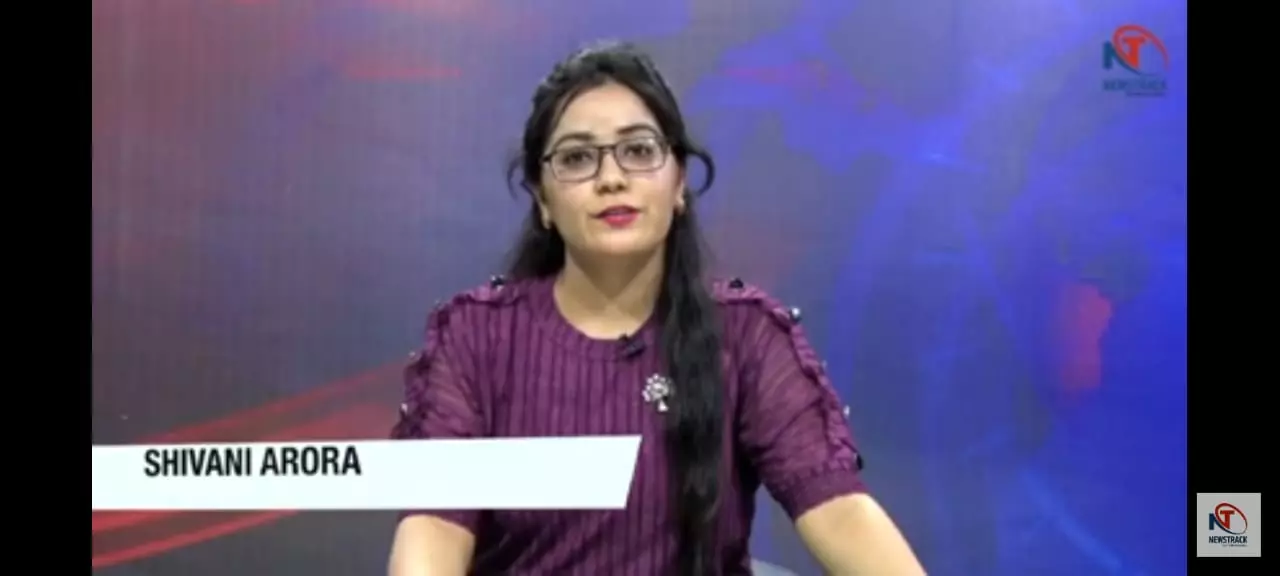TRENDING TAGS :
The History and Impact of the Dowry System: A Deep Reflection
Dahej Pratha History: In India, the history of the dowry system is not merely a social tradition but a painful saga of struggle.
The History and Impact of the Dowry System
Dahej Pratha History: In a culturally rich country like India, marriage is not just considered a private bond between two individuals, but a sacred and social union between two families. For centuries, this institution has been guided by religious beliefs and social customs. However, within this revered tradition emerged a practice that gradually turned into a serious societal crisis — the dowry system.
Dowry refers to the money, property, jewelry, land, or other valuable gifts given by the bride’s family to the groom’s family at the time of marriage. This practice may have started with a sense of support and love, but over time, it transformed into a dangerous race driven by greed and societal pressure. Today, it has become a harmful custom, resulting in countless women suffering physical, mental abuse — and in extreme cases — death.
This article presents an in-depth analysis of the origin of the dowry system, its historical background, evolution, and its current social consequences.
Early History of the Dowry System in India
Dowry in the Vedic Period (1500–500 BCE)
During the Vedic period, marriage was considered a sacred sacrament. Dowry was known as Stridhan — a form of security given by the bride’s parents to their daughter for her new life. This included clothes, jewelry, necessary items, land, and sometimes even livestock. This wealth was personally given to the bride and considered her private property — not a gift to the groom or his family.
Ancient epics like the Ramayana and Mahabharata also mention gifts during marriage. For example, King Janaka gave gifts during Sita’s wedding, but these were tokens of honor — not compulsory demands.
Importance of Stridhan
The purpose of stridhan was to empower women economically and offer them security in a society where they often remained confined to domestic roles. Hindu scriptures like Manusmriti and Yajnavalkya Smriti emphasize the protection of stridhan, and it could not legally be seized by the husband or in-laws.
Transformation in the Medieval Period
As time passed, and caste divisions, patriarchy, and material greed increased, the concept of dowry began to distort. During the medieval period (approximately 1200–1800 CE), as foreign invasions and political instability rose, concerns for women’s security intensified.
Dowry became perceived as a necessary condition for marriage — a belief emerged that the more dowry given, the better the bride’s status would be in her marital home. Gradually, this mindset rooted itself deeply — more gifts meant greater satisfaction for the groom’s side.
Institutionalization of Dowry During British Rule
Under British rule, several social systems and legal frameworks changed. The Hindu Succession Law restricted women’s rights to inheritance and weakened the legality of stridhan. This led to an increase in property being taken by in-laws and reduced women’s economic agency.
Dowry turned into a symbol of social display and prestige — no longer a gesture of goodwill but a means of fulfilling the groom’s family’s demands.
Dowry in Independent India
India gained independence in 1947, and with the Constitution of India in 1950, equal rights were granted to women. However, societal thinking didn’t change overnight. Dowry continued, and in many cases, worsened.
From the 1950s to 1970s, instances of dowry harassment and deaths increased significantly. The government, recognizing the urgency, enacted strict legal measures against dowry.
Law vs Reality
Dowry Prohibition Act, 1961
This law criminalized the giving or receiving of dowry before, during, or after marriage.
Section 498A of the Indian Penal Code (IPC)
Provides for criminal prosecution if a married woman is harassed for dowry by her husband or his family.
Section 304B (Dowry Death)
If a woman dies within seven years of marriage under suspicious circumstances related to dowry harassment, it is treated as a dowry death, punishable under strict provisions.
Prominent Dowry-Related Incidents in Independent India
Nirmala Case (1980, Uttar Pradesh)
Nirmala, an educated woman, was married to a government employee. After marriage, the groom’s family demanded a scooter and fridge. When the demands weren’t met, she was tortured and eventually burnt to death. This case ignited national outrage and led to stronger advocacy for anti-dowry laws.
Sushma Sharma Case (1995, Delhi)
Sushma, an engineering graduate, married a doctor. Despite repeated complaints about dowry harassment, police took no timely action. Eventually, the harassment drove her to suicide. The case reached the Delhi High Court, after which IPC Section 498A was further strengthened.
Acts of Social Awareness
“The Vow of Seven Rounds” (Bihar, 2018)
In Aurangabad, Bihar, a young woman named Neelam Devi refused to marry when the groom’s family suddenly demanded a motorcycle. In front of the whole village, she said, “A marriage without respect is not a bond, it’s a burden.” Her courageous stand was applauded nationwide.
Famous Suicides and Murders Due to Dowry
Anamika’s Story (2010, Madhya Pradesh)
Anamika, a promising graduate, was married to a bank employee. Post-marriage, her in-laws demanded a car and ₹2 lakh. Unable to meet the demand, she suffered daily abuse and humiliation. During a visit to her parents, she committed suicide and left a note detailing the cruelty. The case gained massive media coverage.
Adverse Effects of the Dowry System Today
In modern times, dowry continues to have devastating consequences, the most serious being mental and physical abuse of women. Many brides face cruelty simply because their families couldn’t fulfill dowry demands. This abuse is not limited to beatings — it extends to emotional trauma and social humiliation.
Dowry deaths remain a tragic and alarming reality. Thousands of women are either killed or driven to suicide due to continuous harassment. According to the National Crime Records Bureau (NCRB), over 20 women die every day in India due to dowry-related issues — a horrifying warning for society.
Additionally, the dowry mindset perpetuates the notion of daughters as a burden, leading to gender discrimination and hindering women’s empowerment. It also erodes social ethics and moral balance.
Steps Towards Solutions
Public Awareness and Education
Society must understand that marriage is not a transaction, but a relationship of mutual respect and support.
Strict Enforcement of Laws
Swift and firm action must be taken against those who demand or give dowry.
Women’s Empowerment
Economically independent women can not only resist dowry demands but also stand up for their rights.
Promotion of Dowry-Free Marriages
Dowry-free marriages must be encouraged and celebrated as role models within society.
Representation in Media and Films
Indian cinema has often served as a mirror to society, depicting the harsh realities of the dowry system with emotional depth and realism. One of the earliest films on the subject, V. Shantaram’s “Dahej” (1950), shook audiences and stirred public awareness.
Later films like “Bandini,” “Gaurav,” and “Damini” portrayed women’s struggles and the consequences of dowry violence. Movies like “Water” and “Masaan” explored social structures, women’s status, and the psychological impact of dowry.
More modern films such as “Shaadi Ke Side Effects” and “Mimi”, though not centered on dowry, highlighted the societal pressures tied to the marriage system.


